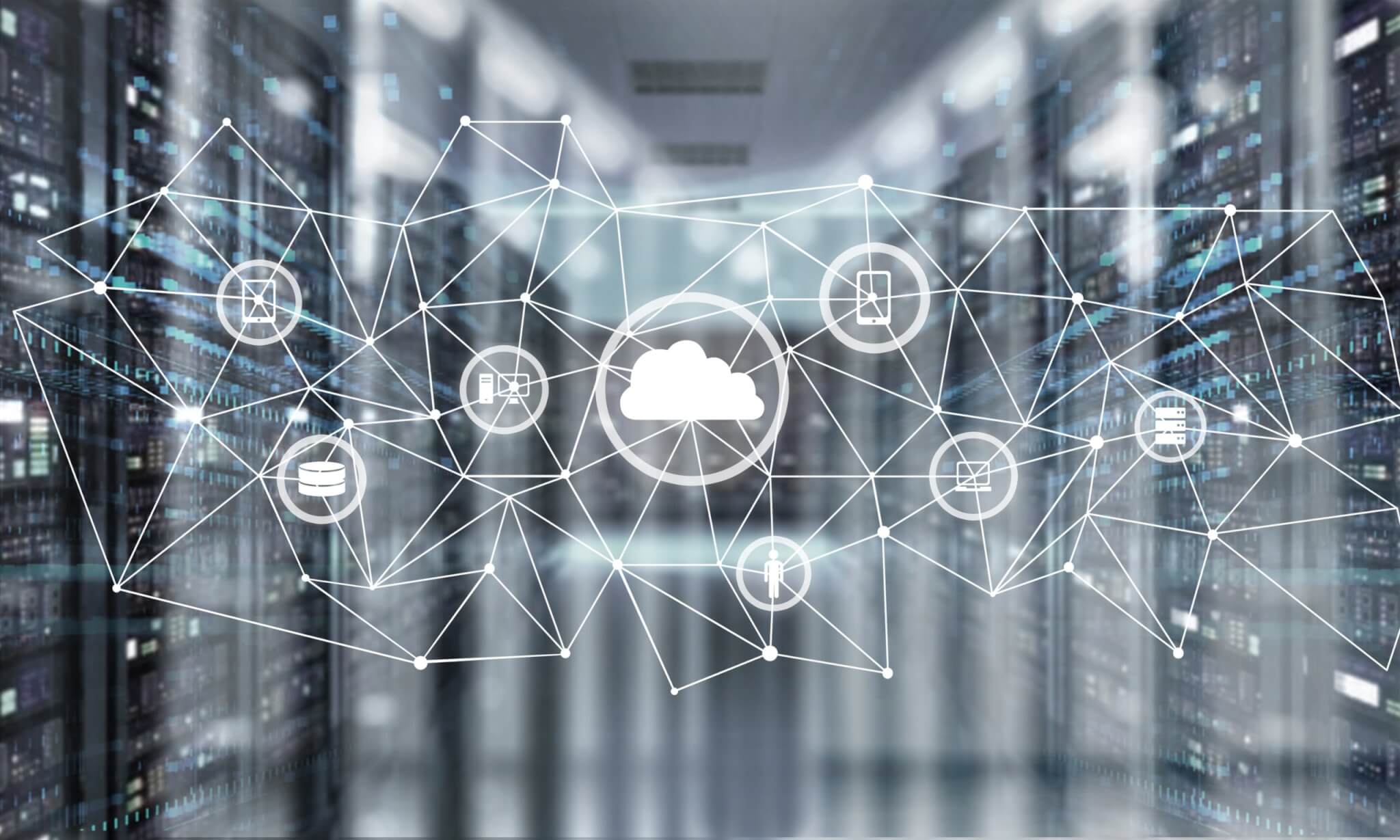[et_pb_section][et_pb_row][et_pb_column type=”4_4″][et_pb_text admin_label=”Text”]
We’ve all heard the question before: “Should we invest in an IT Service Management Tool?”
The simple answer is yes. There’s really no counterpoint. Small, midmarket and enterprise organizations will benefit greatly from purchasing and then leveraging an IT Service Management Tool (ITSM) tool.
What Is IT Service Management (ITSM)?
At a high level, ITSM is the backbone of your IT organization. It’s the teams, groups and departments that handle the front-facing communication and support of your IT organization. They’re the ones that receive support requests and provide them to your backend teams, developers, etc. Think about them as the face of your IT organization. They need a management tool to do their jobs effectively.
What An ITSM Tool Can Do For You
There are many ITSM tools out there such as HP Service Manager, Remedy, Service Now, IBM Control Desk, C2 Atom and many more. Each offers its own user interface and reporting structure. Some have additional add-on tools and features or different levels of packages to support your unique needs. No matter the tool you select, the majority will at minimum come with a configuration management database (CMDB) as the backend database for your tool, as well as a basic ticketing system. Both of those tools are critical to the business, so you’re already winning, because your requests and your assets are being tracked in one tool. You can easily escalate and assign tickets for support or enhancements and do some basic reporting as well as track your assets. At a minimum you’ve just saved time and resources by streamlining your ticketing process.
Is that enough to write a use case and convince your company to look at investing in an ITSM tool. Maybe not. But it’s doesn’t stop there. We all know that IT changes, software changes and upgrades need to be put in, and service managers need to track these changes and/or obtain approval. We also need to make sure we’ve properly documented backout plans to ensure there are no conflicting changes happening during the same window. An ITSM Tool can do this for you. The change-management system in most ITSM Tools can automate your change-request process with enhanced questions that can assess the risk of the change and send automatic approval notifications to impacted parties utilizing your flashy new CMDB to get information on who owns the system or utilizes the system and who may be impacted by the change.
What’s so great is that it saves your change information and backout plans for future reference and knowledge sharing. Some even have an integrated change calendar that will show you any overlapping changes or maintenance windows that may impact your change. You’ll also be able to relate a change record to an incident ticket if additional support is needed during the change or if the change causes an outage. This is a more effective way to track any trending or knowledge needed for future changes.
Most ITSM tools also offer a knowledge base as on out-of-the-box option, because knowledge sharing and transfer is key to successful service management. The ability for a developer or network engineer to provide relevant information back to the service desk in a searchable format can increase your first-call resolutions (FCRs), or the time it takes to identify how to escalate an issue. The knowledge base can also be utilized to share knowledge to your user community with basic troubleshooting or automated support for frequently asked questions, issues or known issues with workarounds. This will in turn reduce the numbers or reoccurring calls to your service desk for issues that can be easily resolved by the user, and will free up your service desk analysts to handle more technical requests.
The above-mentioned features – CMDB, ticketing tool and knowledge base – are your basic features of an ITSM Tool. But there are other out-of-the-box functions, plus additional add-ons you can purchase to serve other business needs. These can include trending analysis, reporting/metrics, software-asset management, hardware-asset management, project-portfolio management, event-management integration, self-service portal, automated workflows, SMS escalations or phone-calling tree automation, and application-programming interfaces (APIs) that integrate with other systems to read from or write to the ITSM tool.
Why Do We Need An ITSM Tool?
Look at your IT organization and think for a moment of the services you provide. You most likely have some sort of request process for the service desk via email, phone, instant message or even web requests.
How do the service agents handle these requests? How do they document and resolve these requests? What happens if the request needs to be escalated?
The process you have in place probably works as requests are handled, problems get resolved and that guy on the 3rd floor who wanted a new laptop eventually got one. So why would you need an ITSM tool if everything is great and it works? Don’t fix it unless it’s broken, right? Wrong.
Even if your process seems like it’s working, is it really? Are you tracking changes? Can you easily provide trending analysis on common issues? Do you have a CMDB that stores your people, processes, assets and the lifecycle for them? Are your requests being escalated and turned around in an acceptable service level agreement (SLA)? How are work efforts prioritized? What happens when an outage occurs? Are teams notified? Is the outage documented and follow up on? How many different systems/applications are you utilizing to ensure these efforts happen? How much time, effort, support and money are you spending on these systems/applications to provide the basic functionality of requesting IT services?
Investing in an ITSM Tool will almost pay for itself simply by reducing the cost associated with support, time, resources and reoccurring outages. It’ll enable you to streamline your support process and even automate some of your manual tasks, like tracking, metrics reporting, and communicating about the services you provide to the organization.
Purchasing An ITSM Tool Vs. Building An In-House Tool
Let’s say you decide that an ITSM tool will absolutely help your organization. The purchasing cost is now under review, but you have a team of developers on the payroll that might have some availability to take on a project and produce an in-house ITSM solution. Here are some of the pros and cons to consider before building the tool in-house.
Pros:
- Everything’s done in-house
- You don’t need to spend any money up front to acquire a product
- There’s no licensing
- Your dev team knows how to support it
- It’s customized to your specific needs
Cons:
- Your developers are being paid to work on this project when they could be doing other production development
- As your environment changes, your in-house solution will need to be updated, which will eat up more development time
- If your solution is web-based and browsers, scripts and other plugins are updated, it may not work as intended and require more development
- Knowledge transfer of the tool and how it was developed needs to be documented. If your developer leaves, the next developer must be able to support or upgrade the app
- You may need to write code to integrate other applications such as email or phone into your app. As those systems are upgraded, the code may need to be revised
- Requirements for the app may change as the organization matures or grows, which will consume additional development time
- If and when the app reaches the end of its lifecycle, there’s no support or upgrade options readily available
- There’s no CMDB, unless your team plans on developing one
- The system of record will not be easily transferrable to another system of record if needed in the future
These are high-level pros and cons, but each organization will have more specific and customized lists depending on the functionality and requirements needed. Given all the cons, why not let someone else who’s already invested time and resources do the work for you? The tools out there are robust, and some are open for additional customization or in-house development to fit your specific needs. There are also additional support options for these tools to assist your organization when issues arise or during implementation.
Don’t waste your resources or time trying to reinvent the wheel when someone’s already invented one and enhanced it.
Original image by Max Max
[/et_pb_text][/et_pb_column][/et_pb_row][/et_pb_section]

